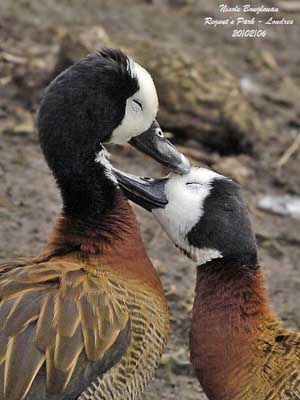
From observation to photography…
or the contrary?
Did you sometimes wonder what led you to take photographs of an animal in general or of a bird in particular? Thus to violate its daily and private life, to surprise it when it forages for food in order to survive, during the courtship displays to attract a mate, or the copulation to perpetuate the species…
Our curiosity always encourages us to try to uncover the nature’s mysteries! They are infinite, but our tenacity too! Thus we step up our cleverness to approach the subject, using tricks and various hiding-places for better seeing, but primarily without any disturbance. Because our goal is first to observe and always to preserve. And only later, we want to fix these moments. But sometimes, it is too late… the bird flew away!

And that is why we are gone out into the field, with determined looking and the gear slung across the shoulder, the binoculars in the hand and the eye on the watch! The track snakes across the country, among the wild grasses and the bushes fluttering in the wind. Some rustles let us know that nature is living intensely. Smothered cries, and this wonderful light around us! All is favourable for a beautiful photographic session! Still a subject should be found…
Each one tackles the problem on his own way. For some people, the hide is essential. A camouflage net, a light structure, made with canvas and wood, floating or not according to the selected location, but also the car which does not necessarily disturb the bird as long as you do not leave it!
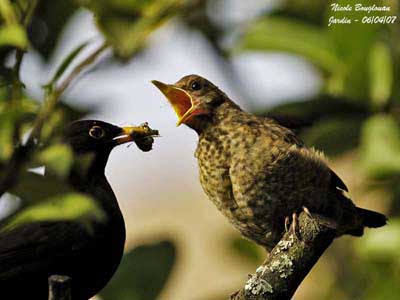
Personally, I do not use any hide, except the car or an observatory. But if I have to leave it, I do it with a lot of precautions, while remaining lowered, silent and as unobtrusive as possible. After observing during a few minutes, if the bird does not move, I get up a little in order to be able to take photographs. I move cautiously, trying to be part of the furniture for not attracting the attention of my subject. If at this moment, it is still motionless, the continuation can become promising, but we’ll have to know that nothing is ever acquired!
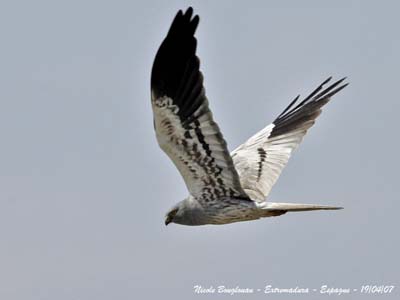
Continuing my progression, I gently move forwards, under cover, and especially when the bird does not look at me. As soon as it turns the head, I stop and I try the photograph. And there, the luck occurs too. Or the bird accepts you, which is relatively frequent, or it flies away because you frightened it!
But don’t be disappointed. You observed it in full nature, at the wild state, in its environment, and that is priceless! In a few tens of years, and even before for some endangered species, you will be able to see these birds only in cages, in captivity, if they are able to survive…
And that is when we realize that photography leads to observation. If at the beginning, we feel the imperative need to bring at home a memory card full of varied photographs, blurred, too dark, too white, but also sometimes quite beautiful, then we feel the wish to take advantage of the moment, to observe the nature without disturbing it, to avoid the movements necessary to the preparation of the gear and to look at, quite simply, in order to fix the moment. You return at home the head full of images, the gear always slung across the shoulder, in fact, as the hunter which returns at home without any game bird, but happy for having took a wonderful walk with his dog!
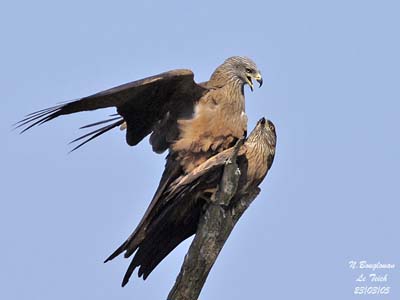
Then, the memories are what we do with. Or they remain in our mind and give us the desire to do it again, or, they grow blurred, and we promise ourselves that next time, we will bring back some memory cards filled of photographs. The pleasure of reviving these moments of observation in a concrete way on our computer’s screen, will give us the desire to know more, and the next photography session will be accompanied by great moments of observation. Both are complementary, the difference, it is that one violates the bird, and the other lets it to live quite free for our greatest pleasure!
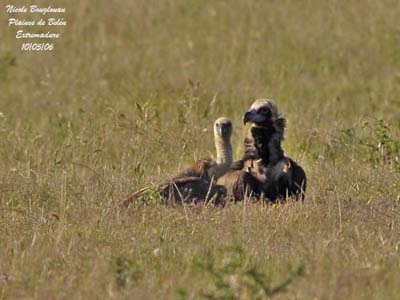
Texte et photos de Nicole Bouglouan
From personal observations in the field.